If you follow this blog, you might recognise Tom (in the foreground above). He’s one of the unfortunate people I know who frequently has me pointing a camera in his face. It was his birthday the other week, so we all went for a night out down the pub.
As per usual I took a camera; unusually it was a digital camera in the form of a Leica M8. I wanted to see just how far I could push it in terms of shooting in low and fairly rubbish light. The pub we had a drink in is really quite dark, so I knew the M8 would struggle. Even at 1/45, 2500iso and f1.4 the camera was mostly reporting a stop or two of underexposure. I don’t really mind this level of underexposure in such low lit circumstances as these, I just mention it to give you an idea of the level of light I was working with.
This first couple of photos were shot at 1250iso. They were even more underexposed and then pushed a bit in Lightroom. It’s fair to say, there is a lot less room for manoeuvre with the files off this old sensor than the files I’d get from my modern digital cameras – noise does increase quite drastically if you push the files even slightly. You can already see some banding in the noise on the side of Tom’s face in the first photo.
These next photos were shot shot at 2500iso. There was less need to push the files to get the exposure/contrast I wanted, but the banding is even more prominent in some of them.
I imagine it sounds like I feel quite negative about the Leica M8 in low light? Well actually, thats not quite the case – I wouldn’t say I’m impressed by the low light capability of this camera, but I’m not all that disappointed either. I had my expectations set quite readily by plenty of M8 reviews, so wasn’t expecting perfection, far from it in fact.
Whilst these photos are indeed far from perfect, for what I was trying to achieve with my evenings photography, I don’t think they are that bad. They capture the atmosphere of the pub and our evening out quite adequately. I now at least know the limitations I’m working with too…
The funny thing was, I had more people ask me about the camera in one evening than I think I’ve had on any outing ever… They soon regretted it mind, it got me talking about photography…
Share this post:
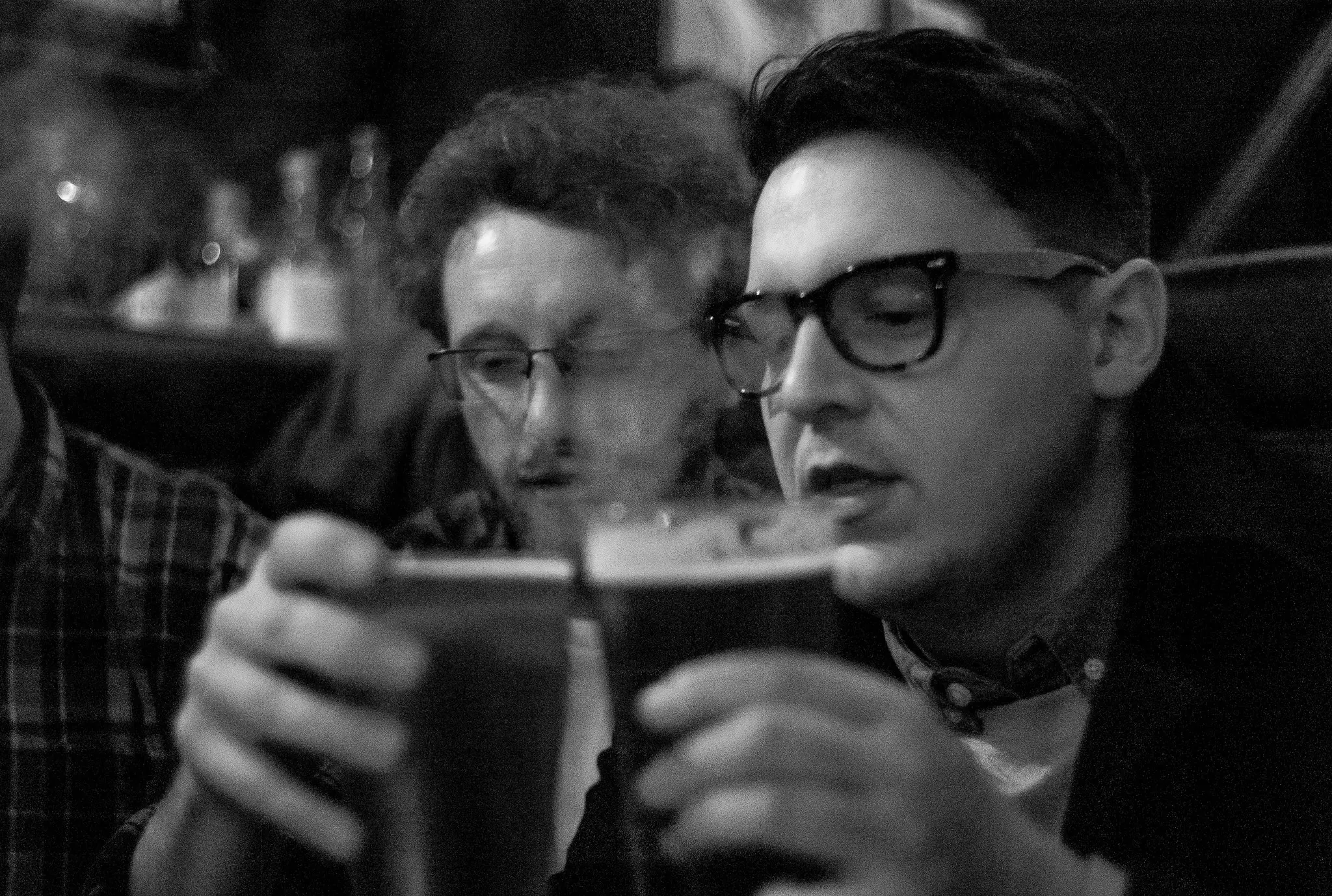
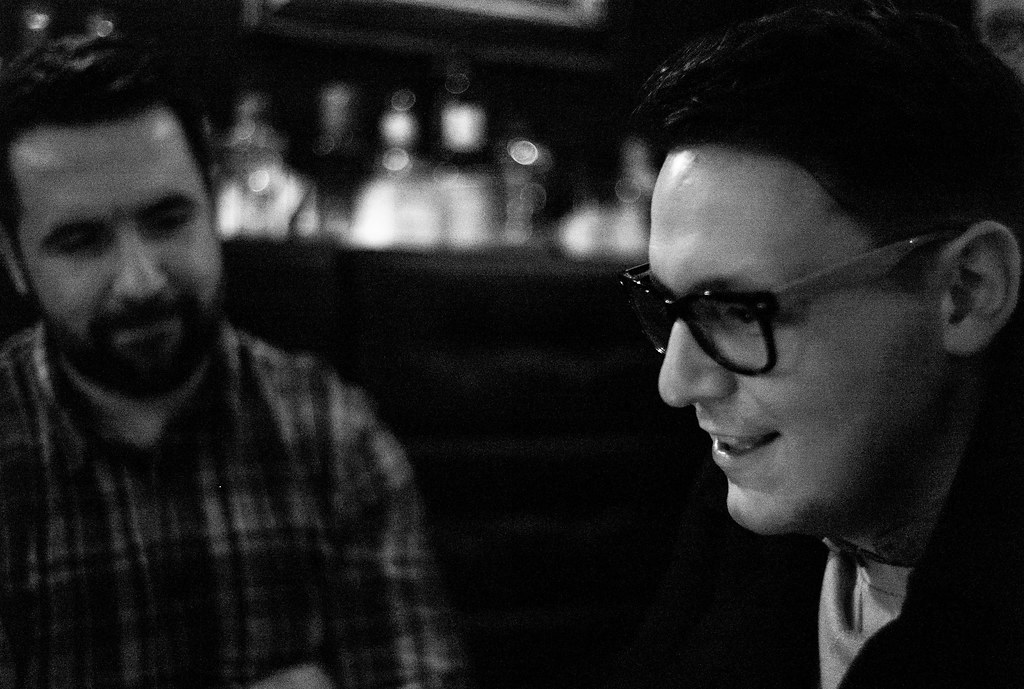
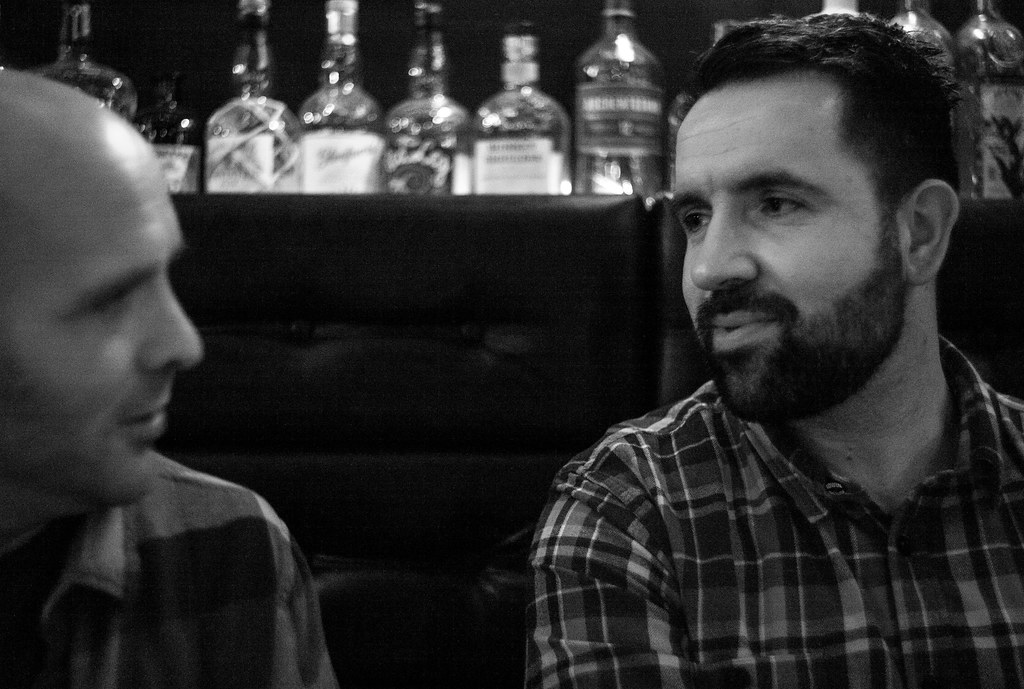

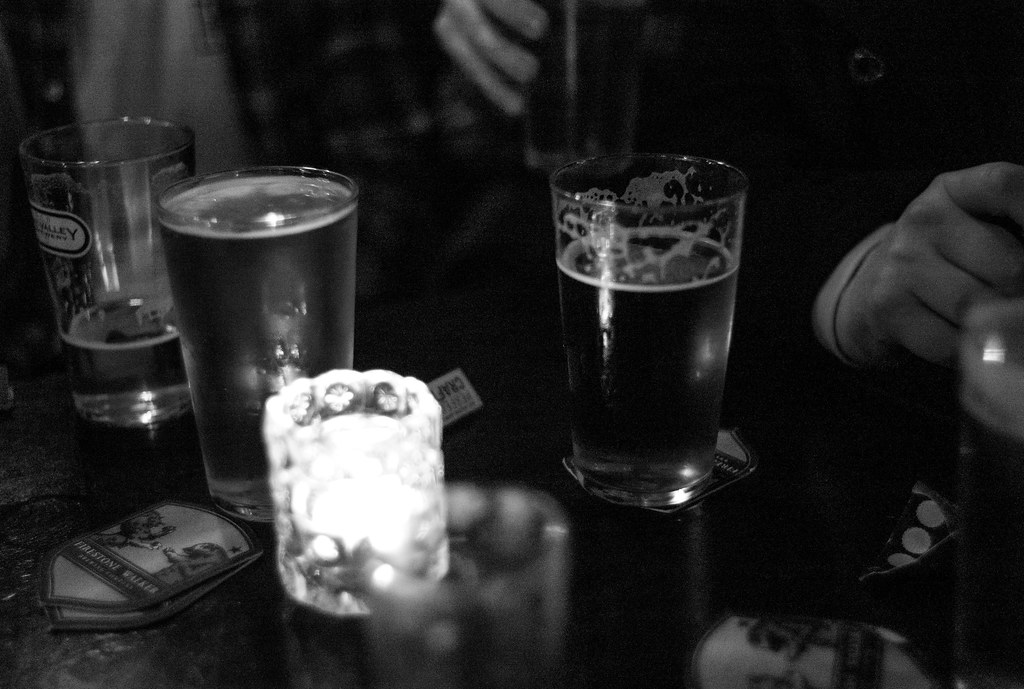

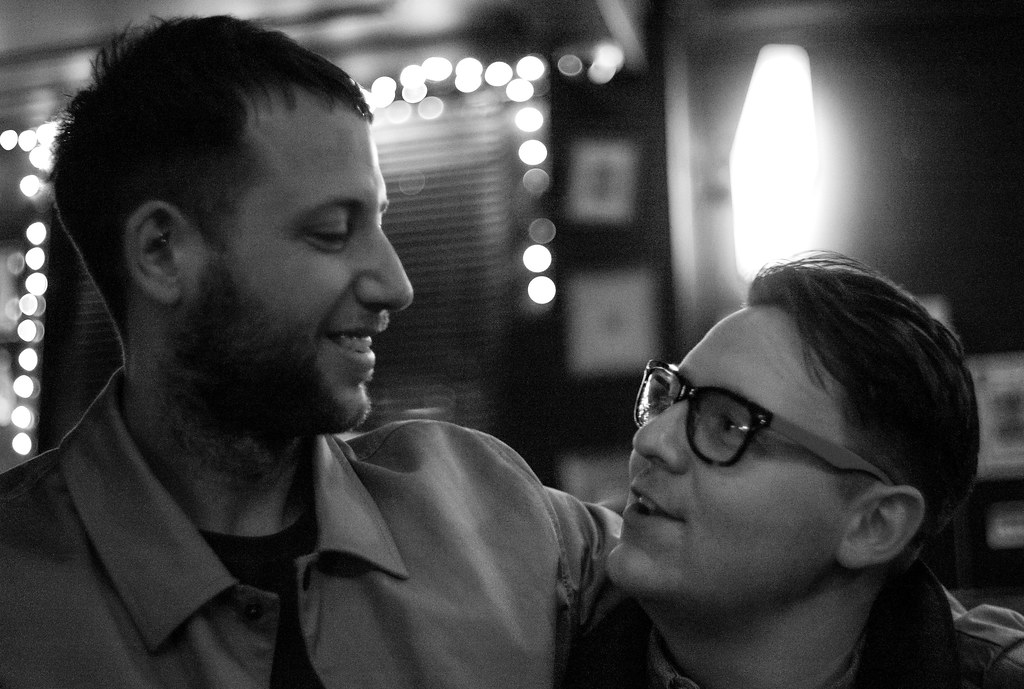
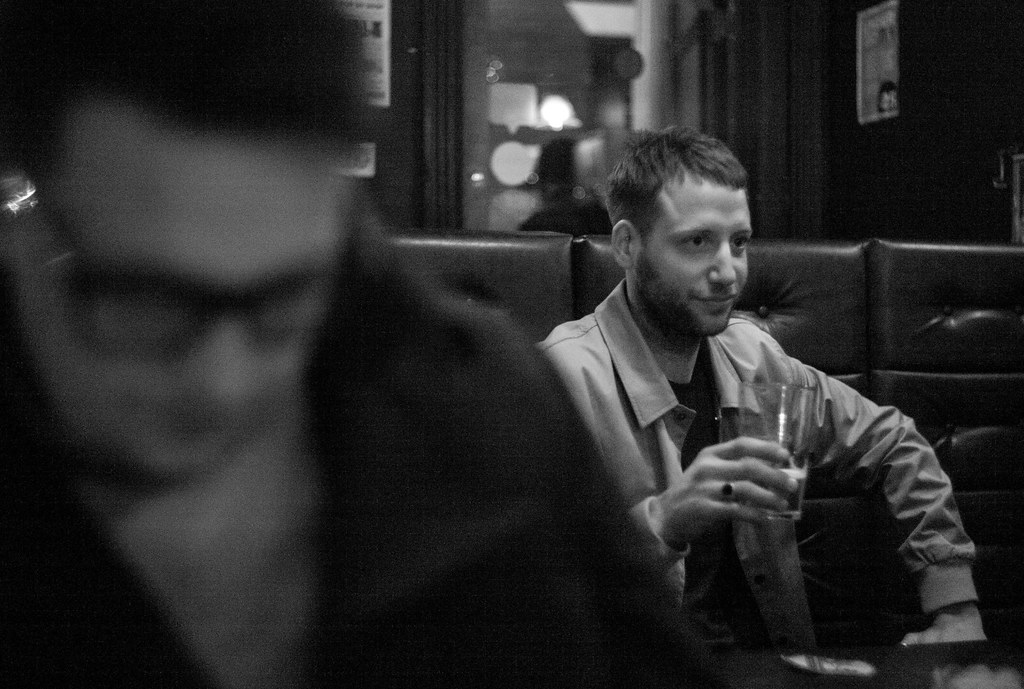

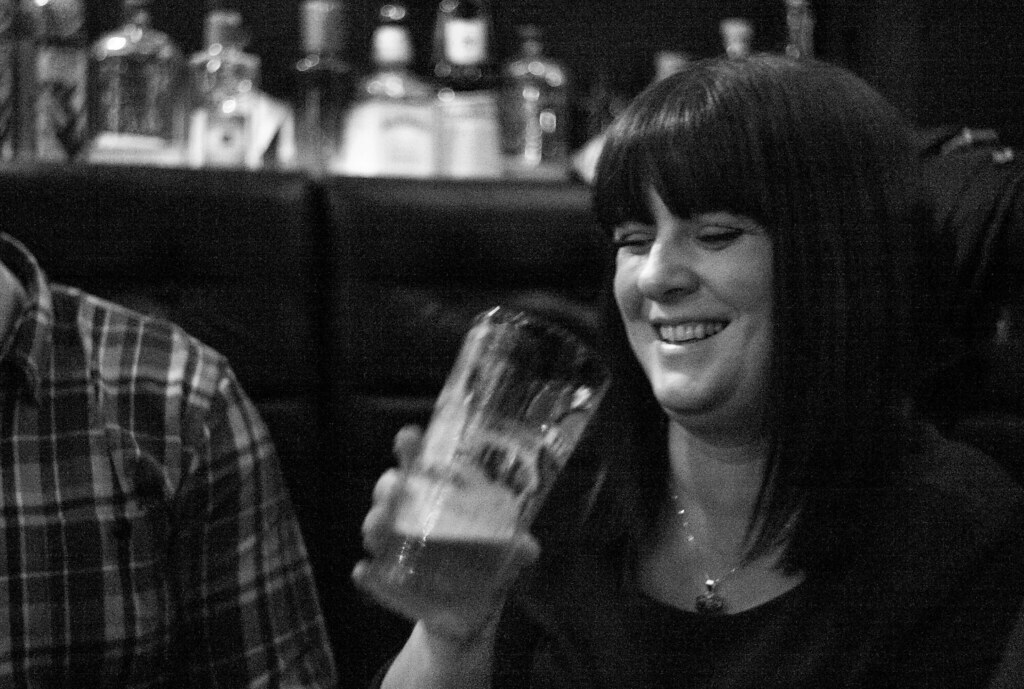








Comments
Blinx on An evening of abusing the Leica M8 in low light
Comment posted: 25/03/2016
Comment posted: 25/03/2016
Ben on An evening of abusing the Leica M8 in low light
Comment posted: 25/03/2016
Cheers,
Ben
Comment posted: 25/03/2016
Gary on An evening of abusing the Leica M8 in low light
Comment posted: 25/03/2016
Comment posted: 25/03/2016
Frank Lehnen on An evening of abusing the Leica M8 in low light
Comment posted: 25/03/2016
We film people know what we have with our noisy, grainy high speed films - that's part of the fun. so I can easily accept those pictures!
Comment posted: 25/03/2016
Nic Franco on An evening of abusing the Leica M8 in low light
Comment posted: 26/03/2016
I was super surprised with this combination, M8 RAW files with the M8raw2dng program, and it's for free. If you have trouble using it, you can always contact the programer for help.
I know it's limited with the button dance but …….
Comment posted: 26/03/2016
Brian Sweeney on An evening of abusing the Leica M8 in low light
Comment posted: 24/06/2016
The banding in the photos comes from the 8-bit DNG compression scheme that Leica uses. It's pronounced at High-ISO where sensor noise bounces the image between contours in the compression map. I did some side-by-side comparisons with the M8 shooting raw mode and my M Monochrom.
Not sure if a link can be posted-
https://www.leicaplace.com/threads/leica-m8-set-to-iso-ludicrous-speed.1081/
I did a test with M8RAW2DNG going up to ISO5000, matched up with the M Monochrom. Also wrote custom RAW convertor for using the M8 for color Infrared, use an Orange filter to eliminate Blue. Looks like Infrared Ektachrome. The M8 is a fun camera.
Comment posted: 24/06/2016
Brian Sweeney on An evening of abusing the Leica M8 in low light
Comment posted: 24/06/2016
Loaded it to Dropbox:
https://www.dropbox.com/s/ye4dcb9fdzr4qez/LeicaM8_High_ISO.pdf?dl=0
I'm a PC user- it is written for Lightroom and the free version of Adobe Photoshop CS2.
My M8 gets all the "hacked lenses", the crop factor makes it easier to convert SLR lenses- you can use a tube for an RF cam. The Konica 50/1.7 AR-Hexanon, Minolta 50/1.4 MC, Canon 50/1.4 FL, and Pentax 50/1.4 Super-Tak are all adapted for it.
Comment posted: 24/06/2016
Nigel Cliff on An evening of abusing the Leica M8 in low light
Comment posted: 31/05/2018